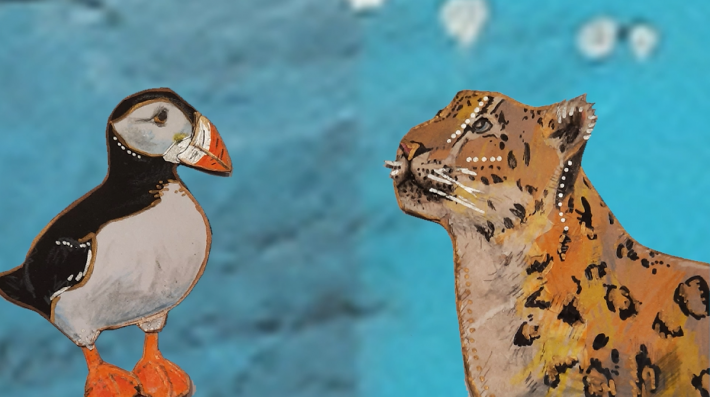Landmark research led by ZSL climate and biodiversity experts concludes that both global emergencies must be tackled in unison; ZSL calls for nature to be at the heart of global decision making at Glasgow COP26 summit.

Leading experts on the ecological impacts of climate change are calling for urgent action to align the climate and biodiversity agendas to ensure that low cost, low risk, low maintenance opportunities to jointly and efficiently address these two environmental issues are prioritised and implemented.
A new, landmark study led by conservation and science charity ZSL (Zoological Society of London), has been published today in the Journal of Applied Ecology. The sobering study states that treating the global climate change and biodiversity crises separately is, in many situations, ineffectual, and at worst, could deepen the problem.
The study titled, Time to integrate global climate change and biodiversity science-policy agendas identifies where research could be improved in five important areas of ecological work; including some of the most well-known Nature Based Solutions (Nbs) such as protecting landscapes and seascapes and restoring ecosystems, to get the best out of these.
While the overwhelming scientific consensus is that humanity is facing a climate crisis, biodiversity is also declining across the world at unprecedented rates. The 2020 ZSL Living Planet Index recorded a decline of 68% in average species abundance - overwhelmingly driven by human activity.
Published ahead of COP26, the team argue that to drastically improve humanity's chances of dealing with both global existential challenges, bolstering scientific research must be backed up by major systemic changes in the way climate change solutions are designed and implemented.






